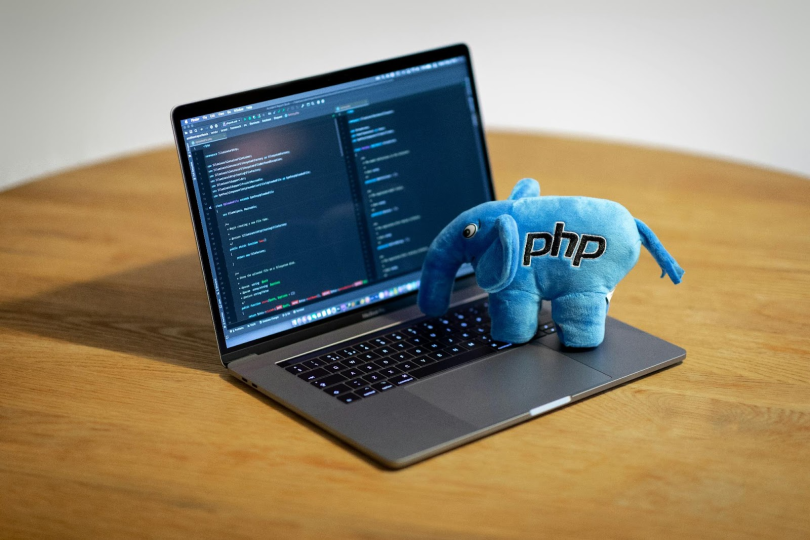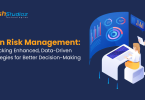If you’re new to web development or looking to switch to a robust PHP framework, Laravel is an excellent choice. Known for its elegant syntax, Laravel simplifies tasks such as routing, authentication, sessions, and caching. It’s built to be simple to use but remains powerful enough to handle large, complex applications. As you embark on your Laravel journey, you’ll discover an engaged and active community ready to help. Below, we’ll explore the fundamentals of Laravel and how it stands out in the PHP ecosystem.
Understanding the Laravel Ecosystem and Its Advantages for PHP Development
Laravel has become one of the leading PHP frameworks due to its powerful ecosystem, which includes tools like Eloquent ORM, Blade templating, and seamless database migrations. These features streamline building database-driven websites while promoting clean, maintainable code through best practices. Its expressive syntax makes it accessible for developers of all levels.
What makes Laravel web development stand out is its built-in functionality for tasks such as authentication, authorization, and pagination, reducing repetitive coding. Coupled with a strong community that provides packages, tutorials, and support, Laravel enables faster development and continuous learning, benefiting both beginners and experienced developers.
Setting Up Your Development Environment for Laravel
Setting up a proper environment is the first step in Laravel development. The framework requires PHP and a server, but Laravel simplifies this with Homestead, a pre-packaged Vagrant box that includes PHP, a web server, and a database in one environment. macOS users can opt for Laravel Valet, which offers an even lighter setup. Both tools ensure projects run in clean, consistent environments without system conflicts. Installing Composer, PHP’s dependency manager, is also essential, as it provides the easiest way to install Laravel and start new projects.
Laravel emphasizes convenience with tools like Laravel Mix, which streamlines front-end asset management. Compiling CSS and JavaScript becomes straightforward, removing the need for complex manual setups. This aligns with Laravel’s philosophy of reducing barriers for beginners while boosting productivity for experienced developers. Clear documentation and community resources support developers at every stage, making environment setup smoother and troubleshooting minimal.
Diving Into Laravel Basics: Routes, Views, and Controllers
At the core of every Laravel application are routes, views, and controllers, which define how requests are handled and displayed. Routes map URLs to specific controllers and can be grouped or paired with middleware for efficient traffic flow. Views, built with Laravel’s Blade templating engine, allow developers to create clean, dynamic HTML layouts using simple control structures while still leveraging PHP’s full capabilities.
Controllers serve as the bridge between views and models, processing user input and shaping the data that appears in the browser. This clear separation of responsibilities makes applications easier to structure, maintain, and scale. By mastering these three components, developers gain a strong foundation for building sophisticated Laravel projects.
Working with Laravel’s ORM: Eloquent Models and Database Migrations
Laravel simplifies database management through its Eloquent ORM, which provides a clean, expressive way to interact with tables using PHP syntax instead of raw SQL. This Active Record approach makes querying and manipulating data more intuitive, boosting productivity and reducing complexity. Developers can work directly with models tied to database tables, ensuring their applications remain both maintainable and efficient.
Beyond ORM, Laravel strengthens database handling with migrations and seeding. Migrations serve as version control for schemas, making structural updates easy to share across teams without conflict. Seeding, combined with factory methods, allows developers to generate test data quickly, streamlining the setup of sample applications or testing environments. This cohesive system enhances both collaboration and rapid development.
Tips for Efficient Laravel Debugging and Further Learning Resources
Laravel simplifies debugging with powerful tools like Telescope, which tracks requests, exceptions, logs, and database queries to give developers clear visibility into application behavior. Its error and exception handling delivers structured messages that make pinpointing issues faster. Adding first-party packages such as Laravel Debugbar further enhances this process, offering a profiling interface that displays query execution, timeline diagnostics, and request details like controllers and methods used.
Beyond tools, sharpening debugging skills comes from engaging with the Laravel ecosystem. Tutorials, online courses, and community forums provide hands-on guidance, while conferences and thought leaders offer deeper insights. Laravel’s documentation remains the most reliable reference, and its built-in testing suite encourages writing clean, testable code to ensure stability as applications scale.
Overall, Laravel’s comprehensive framework provides an excellent foundation for both novice and experienced developers to build modern web applications. By emphasizing best practices, maintaining an expansive ecosystem, and offering powerful tools like Eloquent and Blade, Laravel stands out for its ability to simplify complex coding challenges. It’s a framework that grows with you, providing the resources and community support to hone your skills as you transition from writing your first “Hello, world!” to launching high-performing, feature-rich applications.







